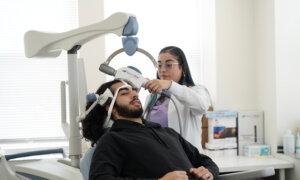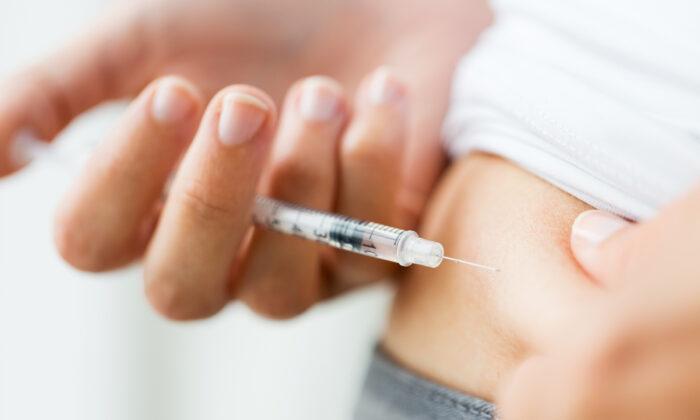Researchers at Stanford Medicine have identified six different biological subtypes, or “biotypes,” of depression and anxiety using new brain imaging and machine-learning techniques.
Senior author Leeanne Williams, director of the Stanford Center for Precision Mental Health and Wellness at the Stanford University School of Medicine, said better methods for matching patients with treatments are “desperately needed,” according to a news release.
Since losing her partner to depression in 2015, Ms. Williams has focused her work on the field of precision psychiatry.
The study authors evaluated brain images of 801 people diagnosed with depression or anxiety and identified six patterns of brain activity. They found that these brain activity clusters were associated with different responses to medication and therapy and were triggered by different stimuli.
“The goal of our work is figuring out how we can get it right the first time,” Ms. Williams said in the press release. Currently, around 30 percent of people with depression do not see improvements with pharmaceutical drugs, and for two-thirds of them, medications and therapy fail to fully return symptoms to normal levels.
Part of the reason for this, according to Ms. William, is because medication therapy is typically prescribed through a trial-and-error method, which could take months or years to find the right drug.
Identifying Subtypes of Depression
Ms. Williams and her team used a functional MRI to measure brain activity in 801 participants. Patients’ brains were scanned while they were at rest and while they were engaged in different tasks to test cognitive and emotional functioning.The research team also used machine learning to identify and group patterns into clusters.
- Type A (169 patients): abnormally high connections between the resting, reward, and attention networks
- Type B (161 patients): abnormally low connections in the attention network
- Type C (154 patients): abnormally high brain activation when exposed to a sad or happy stimulus
- Type D (258 patients): high activity in the prefrontal cortex, responsible for making decisions and planning tasks
- Type E (15 patients): abnormally low connection and activity when exposed to threatening faces and cognitive tasks
- Type F (44 patients): no substantial brain network dysfunction
Type B patients could process information quickly but made mistakes when tested for attention. They could quickly identify a threatening stimulus.
Type C patients had severe levels of anhedonia, meaning an inability to experience pleasure. They also brooded more.
Type D patients had the highest level of anhedonia and tended to become anxious more easily. They also made more errors in a test that evaluated planning and organization.
Type E tended to brood less than the other biotypes and reacted faster to sad faces.
Finally, type F patients did not have prominent dysfunctions but were slower to respond to threatening stimuli.
Linking Therapy to Depression Types
The research team also randomly assigned 250 participants to receive one of three commonly used antidepressants or to undergo talk therapy. The authors found that each group tended to respond to treatment and drugs differently.Patients whose depression was characterized by overactivity in certain parts of the brain responded better to venlafaxine, a common norepinephrine reuptake inhibitor (SNRI) antidepressant. This included type D patients with high activity in brain regions responsible for planning and decision making.
Type A patients, whose brains had higher levels of activity in three regions associated with depression and problem-solving, found that their symptoms were best alleviated with talk therapy. In comparison, type B patients who had lower levels of activity in the part of the brain that controls attention were less likely to benefit from it.
Dr. Jun Ma, a professor of medicine at the University of Illinois Chicago and study co-author, noted that behavioral therapy, in particular, helps patients learn to address daily problems, which can be helpful for those who have high activity in problem-solving regions of the brain.
“To really move the field toward precision psychiatry, we need to identify treatments most likely to be effective for patients and get them on that treatment as soon as possible,” Dr. Ma said. “Having information on their brain function, in particular the validated signatures we evaluated in this study, would help inform more precise treatment and prescriptions for individuals.”






